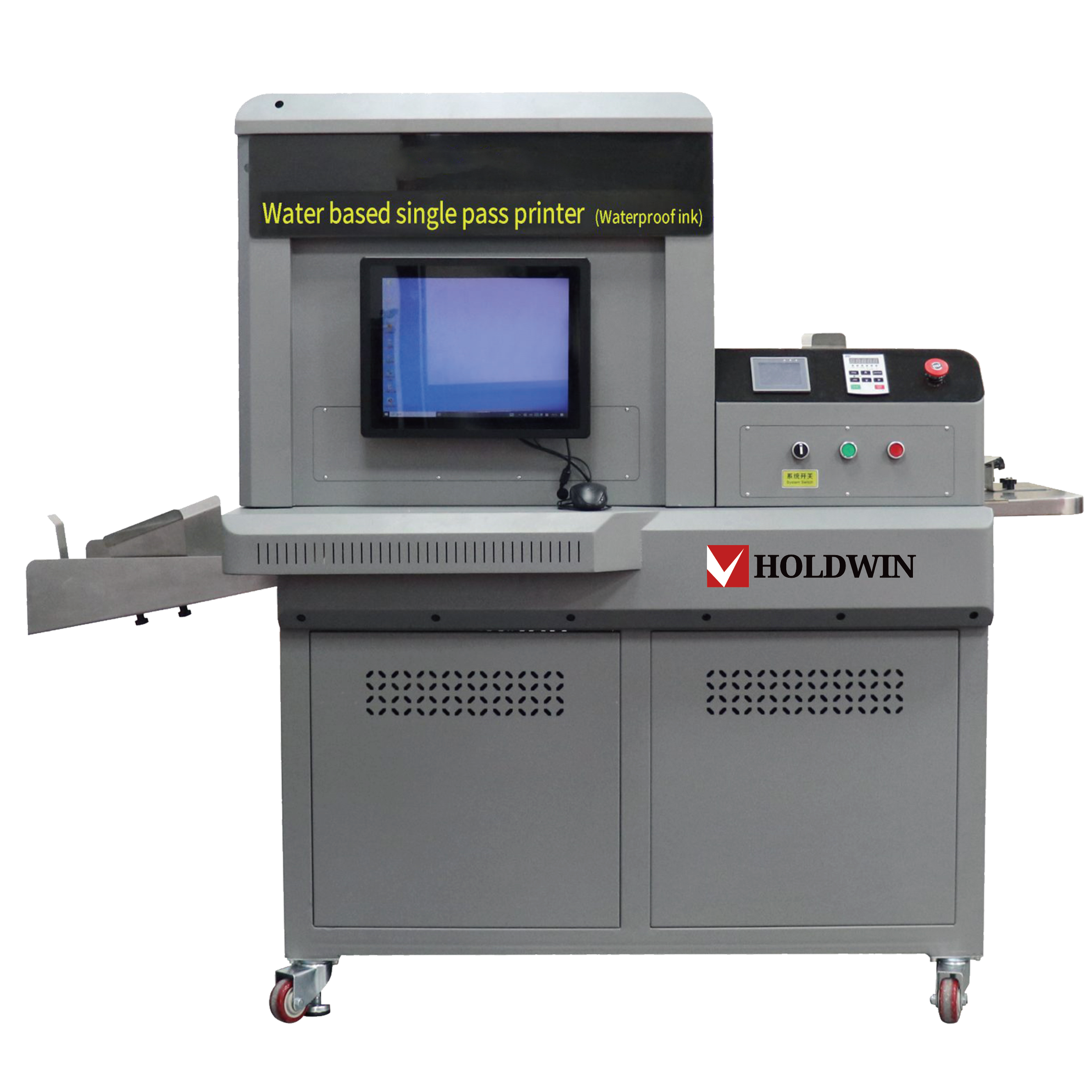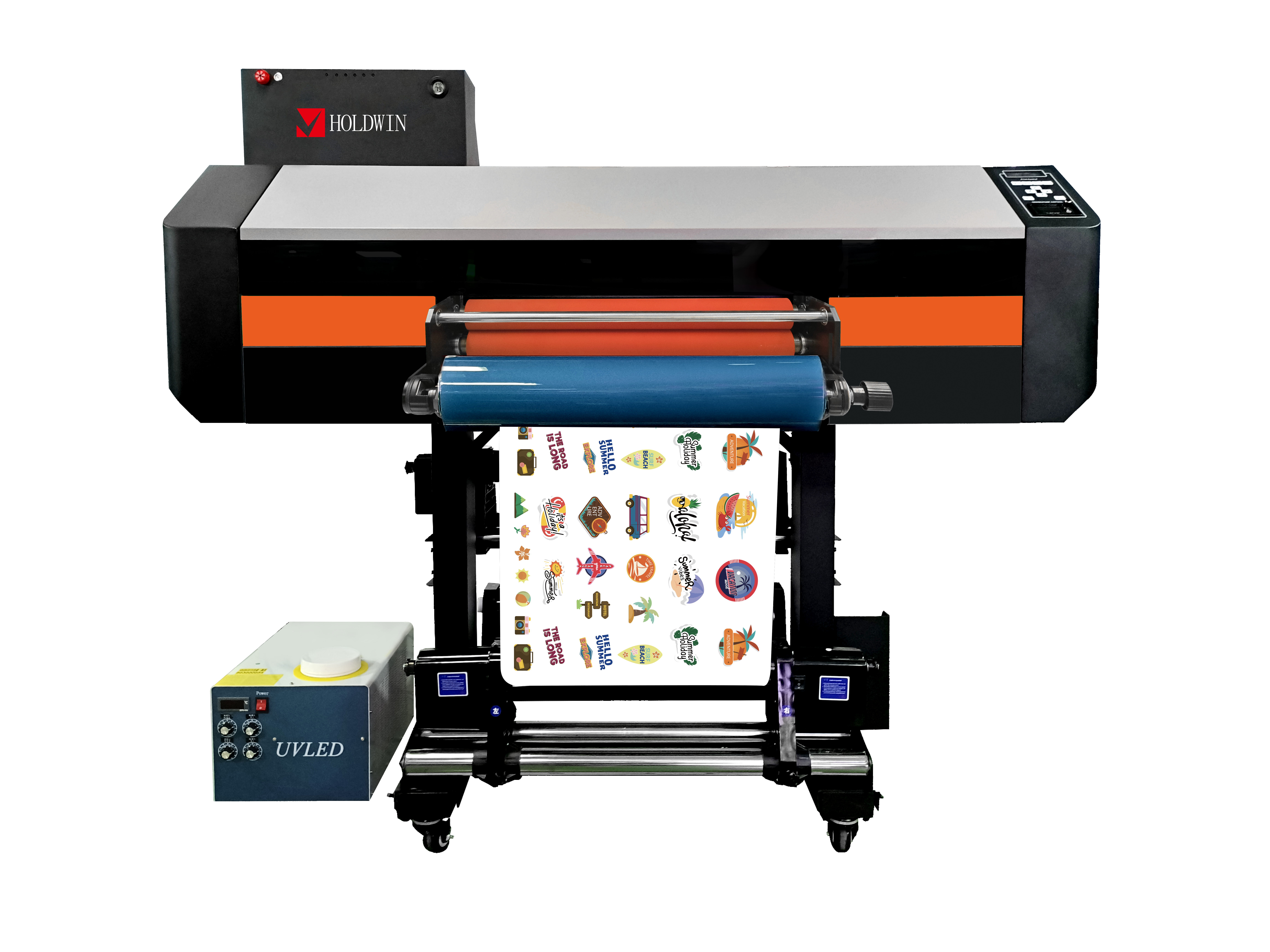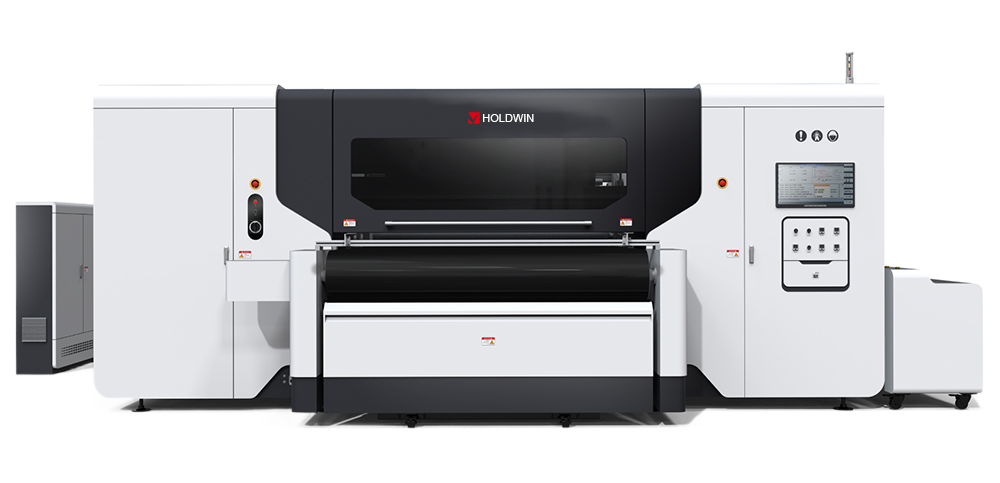
The printing industry is undergoing a remarkable transformation driven by advancements in high-speed digital printing technologies. Traditional printing methods, such as offset and flexography, have long been the industry standards, especially for high-volume production. However, digital printing has rapidly gained ground due to its speed, flexibility, and efficiency. Today, high-speed digital printing is redefining the way industries approach mass production, offering faster turnaround times, better quality, and more sustainable practices. In this article, we will explore the latest developments in high-speed digital printing technologies, their applications, and how they are revolutionizing industries ranging from packaging to textiles.
High-speed digital printing refers to the ability of digital printing systems to produce large quantities of prints quickly, without the need for physical printing plates, screens, or cylinders. Unlike traditional printing technologies that rely on mechanical processes, digital printing uses electronic files to transfer images directly onto substrates.
The technology is based on a combination of fast printheads, sophisticated ink systems, and powerful processors that can handle high throughput while maintaining high-quality output. This process is ideal for a variety of industries where speed, flexibility, and customization are essential.
Several key technologies drive the high-speed capabilities of modern digital printing systems. These innovations help to push the boundaries of what digital printers can achieve in terms of speed, quality, and scalability.
Piezoelectric inkjet printing is a dominant technology in the digital printing market, especially for high-speed printing applications. This method uses piezoelectric crystals to precisely control the ink ejection process, enabling faster printing speeds and higher accuracy. Piezoelectric inkjet technology allows for high-quality prints on a variety of substrates, including paper, textiles, and plastics.
Advantages:

Electrophotography, commonly known as laser printing, is another popular technology used in high-speed digital printing systems. Unlike inkjet technology, electrophotography uses a laser beam to charge a photoreceptor drum, which then attracts toner particles to form an image on paper. This method is particularly effective for applications that require high-speed printing with consistent quality.
Advantages:
UV inkjet technology is a specialized form of inkjet printing that uses ultraviolet (UV) light to cure ink immediately after it’s applied to the substrate. This technology enables printers to achieve extremely fast print speeds and high-quality outputs, even on non-porous or challenging materials like plastics and metals.
Advantages:

Thermal inkjet technology is commonly found in consumer-grade inkjet printers and is also used in industrial-scale printing systems for high-speed applications. In this process, a small electrical current is passed through the ink, causing it to heat up and form a vapor bubble. The bubble forces the ink out of the nozzle, creating droplets that form the print image.
Advantages:
The flexibility and speed of modern digital printing technologies have led to their widespread adoption across various industries. Let’s take a closer look at some of the key applications of high-speed digital printing.
High-speed digital printing has revolutionized the packaging and labeling sectors by enabling faster production of customized packaging materials, labels, and promotional items. Brands can now respond quickly to market trends, create limited-edition products, or personalize packaging with minimal setup times.
Example:
A beverage company can produce thousands of custom labels for different product variants in just hours using a high-speed digital press, making it easier to cater to niche markets and seasonal trends.
The textile industry has greatly benefited from high-speed digital printing technologies, enabling the production of intricate patterns, designs, and personalized fabric prints at high volumes. Digital textile printing offers a fast, cost-effective solution for fashion brands and home décor manufacturers who require high-quality prints in smaller batches.

In commercial printing, high-speed digital presses are used to produce a wide range of materials, from books and brochures to direct mail and promotional materials. These presses are designed for efficiency, allowing businesses to print large quantities of high-quality documents in less time compared to traditional printing methods.
High-speed digital printing offers several key advantages that make it an attractive solution for businesses looking to meet modern market demands:
The speed at which high-speed digital printers operate allows businesses to significantly reduce production time. This increased efficiency enables companies to handle larger print volumes in shorter periods, ultimately improving productivity and reducing time-to-market.
With high-speed digital printing, businesses can produce highly customized products in a scalable manner. Whether it’s printing personalized marketing materials, product packaging, or textile designs, digital printing offers the flexibility to cater to diverse customer needs while maintaining high print speeds.
Digital printing eliminates the need for expensive setup costs associated with traditional printing methods. Additionally, it offers the ability to print on-demand, reducing overproduction and excess inventory. This on-demand approach helps minimize material waste and lower overall costs.
Modern high-speed digital printers are equipped with advanced technologies that allow for precise color management and quality control. This ensures consistent, high-quality outputs, even for large production runs, without the color inconsistencies that can occur with traditional methods.
High-speed digital printing technologies are driving a significant shift in the printing industry, enabling businesses to meet modern demands for speed, customization, and sustainability. Whether it’s for packaging, textiles, or commercial printing, high-speed digital printing offers unparalleled efficiency and scalability. As technology continues to advance, we can expect even faster speeds, higher quality, and even greater flexibility, making it an essential tool for businesses aiming to stay competitive in today’s fast-paced market.
At HOLDWIN, we are dedicated to helping our customers adopt the latest in digital printing technologies, providing cutting-edge solutions that ensure the highest quality and fastest turnaround times for any project.
References:

Zhiyu is passionate about good products, good services, and good prices to let consumers know that choosing us is the right choice! For partners and end customers, we will provide one-on-one considerate smart services and provide you with more high-quality procurement solutions.